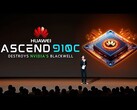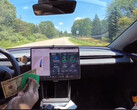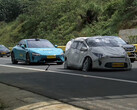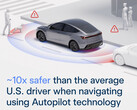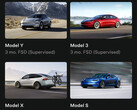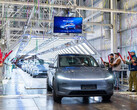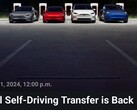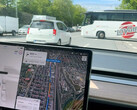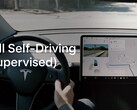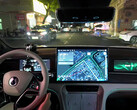Faced with stiff competition not only from the fact that local automakers sell superior electric cars for less, but also with the increased sophistication of their self-driving systems, Tesla has opened a free FSD trial promo in China.
It recently brought a half-baked FSD version to China and has been sending it OTA to those who paid for the service a while ago, as well as new customers. Since the Chinese government doesn't allow it to export local driver data, however, and the US doesn't let it bring in the miles logged on FSD here, it improvises by training the algorithms with videos it gets off the Internet in China.
Tesla FSD vs Huawei ADS self-driving system test
This makes for an interesting comparison of Tesla's FSD option against the various competing autonomous driving services of local automakers, including the latest one against a driver-assist system created by Huawei.
Just like Xiaomi, the consumer electronics and communication giant Huawei, known for devices like the Watch GT 5, waded into electric cars not long ago. It developed a full-stack driver-assist system that automakers can adapt to their own vehicles, widely considered to be one of the best currently on the market in China.
Needless to say, as soon as Tesla brought FSD to China, local drivers started testing it against the homebrew self-driving systems, including Huawei's ADS 3.0.
Autonomous driving systems in China are predominantly tailored towards city driving and heavy traffic, so the testers took Tesla's FSD and Huawei ADS systems to more rural roads to add some extra challenge.
In short, both the Tesla and Huawei driver-assist systems behaved very well in the unfamiliar and unmarked environment, going around obstacles, creeping at T-junctions, and avoiding collisions with randomly appearing traffic participants.
Granted, Tesla doesn't have the full FSD stack as available to US drivers working in China, as it can't import or export raw driver data there. Elon Musk is on record saying that Tesla literally has to take driving videos off the Internet to feed into its AI architecture and train FSD in China.
As a result, Tesla FSD only offers highway ramp exits as well as city street navigation on intersections, recognizing traffic signals, making turns, and changing lanes automatically, as well as using the cabin camera to monitor the driver for attention.
Then again, FSD is still an $8,000 option there, while BYD is installing its own self-driving system called Eye of God on all of its vehicles for free, even the cheaper ones.
It remains to be seen how many Tesla owners in China will not just take advantage of the free FSD trial offer, but also keep the paid service after the trial period expires.





